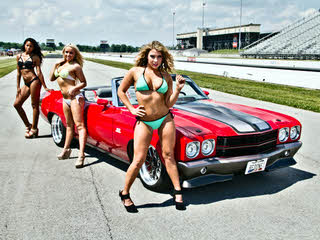 Unfortunately I’ve found no photos of my 1970 Chevelle. Fortunately the internet is absolutely filled with photos of 1970 Chevelles. Unfortunately not many of those look very much like mine. The era of the Chevelle and the era of the muscle car are pretty much one and the same. As I’ll demonstrate shortly, non-muscular Chevelles existed but it’s tire smokers like the big block Super Sport at right (Tom Mullally’s Red One) that get pampered, photographed, and posted.
Unfortunately I’ve found no photos of my 1970 Chevelle. Fortunately the internet is absolutely filled with photos of 1970 Chevelles. Unfortunately not many of those look very much like mine. The era of the Chevelle and the era of the muscle car are pretty much one and the same. As I’ll demonstrate shortly, non-muscular Chevelles existed but it’s tire smokers like the big block Super Sport at right (Tom Mullally’s Red One) that get pampered, photographed, and posted.
When I ordered the van, I anticipated reserving it for camping and other long distance trips and having the Audi around for normal daily use. All that changed with my tree encounter so I was a ready recipient when my now former mother-in-law decided on a new car. The Chevelle that replaced the Chevy II I had seen through its final days became mine for about $300.
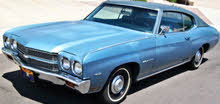
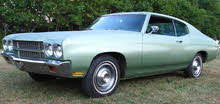 My Chevelle looked more like a composite of the two at left (also snatched from the internet) than the one at top. It was a blue 2-door hardtop but without the vinyl top. I think it had full wheel covers like the green car but I admit I’m less than certain. Like the Chevy II before it, the Chevelle had spent its life outside in an apartment complex parking lot and was seriously dinged and dinghy. It was not a rusty wreck, however, and was mechanically sound. With its 307 V8 and automatic transmission, it was neither as economical or as fun to drive as the Audi but it wasn’t bad. I suspect new shocks would have helped considerably.
My Chevelle looked more like a composite of the two at left (also snatched from the internet) than the one at top. It was a blue 2-door hardtop but without the vinyl top. I think it had full wheel covers like the green car but I admit I’m less than certain. Like the Chevy II before it, the Chevelle had spent its life outside in an apartment complex parking lot and was seriously dinged and dinghy. It was not a rusty wreck, however, and was mechanically sound. With its 307 V8 and automatic transmission, it was neither as economical or as fun to drive as the Audi but it wasn’t bad. I suspect new shocks would have helped considerably.
I owned the car less than a year and really have no stories about it. As the number two vehicle in a one driver stable, the Chevelle became something of a loaner in my circle of friends. A semi-frequent borrower needed something long term and pushed me to sell the car. I was far from anxious to part with it but he needed the car and I didn’t. I sold the Chevelle for exactly what I had paid and told myself that the sale was better than a permanent loan.
My Previous Wheels: Chapter 21 — 1979 Chevrolet G10
My Next Wheels: Chapter 23 — 1972 BMW R75

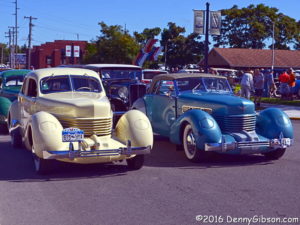

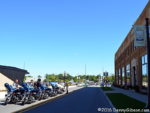
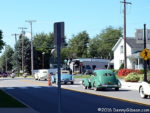
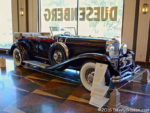
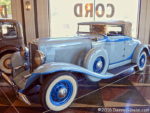
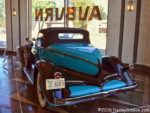

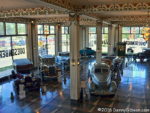
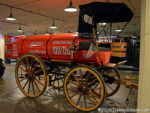

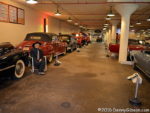
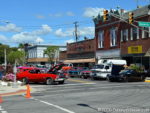
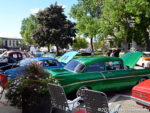


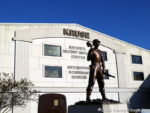
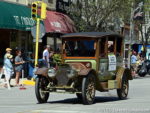
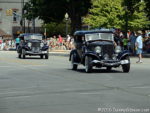
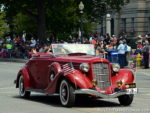
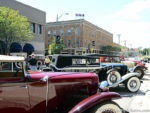
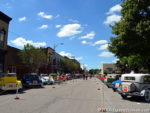

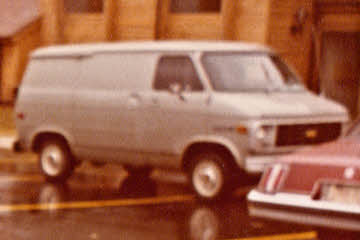 There are surely better pictures of this van around but this was all I could find as I wrote this post. It was my first new vehicle and one of only two that were custom ordered. A friend who worked at a dealer in Cincinnati handled the order. It had a 305 CI V8, 3-speed automatic, air-conditioning, cruise control, and no interior. By no interior I mean it had a basic driver’s seat and nothing else. I stopped on the way home from picking up the van and bought a pair of “captain’s chairs”. I sold the single stock seat back to the dealer for a few dollars.
There are surely better pictures of this van around but this was all I could find as I wrote this post. It was my first new vehicle and one of only two that were custom ordered. A friend who worked at a dealer in Cincinnati handled the order. It had a 305 CI V8, 3-speed automatic, air-conditioning, cruise control, and no interior. By no interior I mean it had a basic driver’s seat and nothing else. I stopped on the way home from picking up the van and bought a pair of “captain’s chairs”. I sold the single stock seat back to the dealer for a few dollars.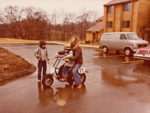
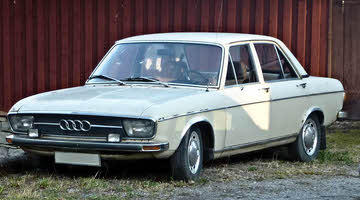 My friends had a red one that really impressed me. They were antique dealers and the car had been part of an exchange involving furniture. “If another deal like that ever comes along”, I told them, “I’ll take it.” It did and I did.
My friends had a red one that really impressed me. They were antique dealers and the car had been part of an exchange involving furniture. “If another deal like that ever comes along”, I told them, “I’ll take it.” It did and I did.
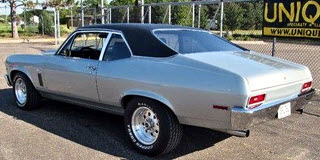 Again I must confess to a purloined photo gracing yet another My Wheels post. My car did not have the highly visible dual exhausts or fancy wheels of the pictured vehicle nor did it have the unseen 350 V8 and 4-speed floor shift. Mine was a 307 V8 with a 3-speed automatic. However, my car was, just like the one at right, a Cortez Silver 2-door with — and this is important — black vinyl top. It is the only vinyl topped car I’ve ever owned and one of very few I can even imagine owning without some level of embarrassment. While I doubt everyone agrees that the vinyl covering looks pretty good on this car it’s apparent that I’m not alone in thinking so. There are many full restorations of third generation Nova coupes that include a restored vinyl top. And that includes some high-end 396 Super Sports.
Again I must confess to a purloined photo gracing yet another My Wheels post. My car did not have the highly visible dual exhausts or fancy wheels of the pictured vehicle nor did it have the unseen 350 V8 and 4-speed floor shift. Mine was a 307 V8 with a 3-speed automatic. However, my car was, just like the one at right, a Cortez Silver 2-door with — and this is important — black vinyl top. It is the only vinyl topped car I’ve ever owned and one of very few I can even imagine owning without some level of embarrassment. While I doubt everyone agrees that the vinyl covering looks pretty good on this car it’s apparent that I’m not alone in thinking so. There are many full restorations of third generation Nova coupes that include a restored vinyl top. And that includes some high-end 396 Super Sports.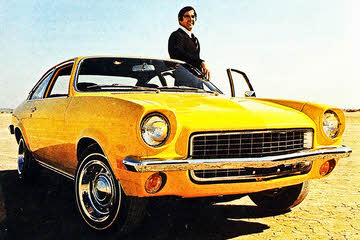 No. That’s not my Vega and that’s not me. It’s John DeLorean in the August 1970 issue of Motor Trend where he was singing the praises of Chevrolet’s new small car. The editors were singing right along with him and even adding some verses of their own. A month later, Car and Driver and Road & Track joined the choir. In February, Motor Trend named the Vega 2300 their 1971 “Car of the Year”. All this for a car that today has a reputation just slightly better than Yugo.
No. That’s not my Vega and that’s not me. It’s John DeLorean in the August 1970 issue of Motor Trend where he was singing the praises of Chevrolet’s new small car. The editors were singing right along with him and even adding some verses of their own. A month later, Car and Driver and Road & Track joined the choir. In February, Motor Trend named the Vega 2300 their 1971 “Car of the Year”. All this for a car that today has a reputation just slightly better than Yugo. I could’t find any pictures of the dark green 1971 Kammback that I bought in the summer of 1974 so I took to the internet. I didn’t have much better luck there. This black & white photo of what is identified as a 1972 model is the best I could do. The shortage of photos surprised me but so too did the abundance of early praise. I can’t explain the absence of decent Kammback photos so maybe my surprise at that is justified. My surprise at the praise isn’t. In fact, what those magazines said about the car — great handling, sporty looks, comfortable ride — is exactly what I thought of it forty years ago. I was surprised only because I had forgotten.
I could’t find any pictures of the dark green 1971 Kammback that I bought in the summer of 1974 so I took to the internet. I didn’t have much better luck there. This black & white photo of what is identified as a 1972 model is the best I could do. The shortage of photos surprised me but so too did the abundance of early praise. I can’t explain the absence of decent Kammback photos so maybe my surprise at that is justified. My surprise at the praise isn’t. In fact, what those magazines said about the car — great handling, sporty looks, comfortable ride — is exactly what I thought of it forty years ago. I was surprised only because I had forgotten.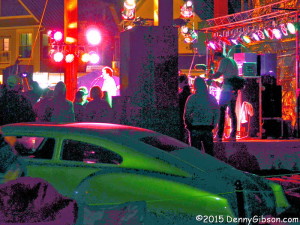
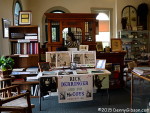
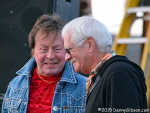
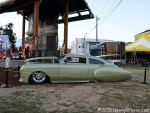

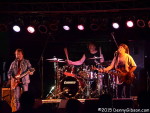



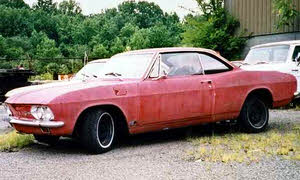 We had apparently become accustomed to being a two car family at this point so, when the blue Nova became a non-runner, I went shopping for another beater. I bought a 1965 Corvair in Kentucky. It didn’t look as ragged as the one at right (which might actually be a ’66) but it probably was. It was a full-on stripper with 3 on-the-floor, bare rubber floor mats, and no perceivable options other than an AM radio and even that might have been standard.
We had apparently become accustomed to being a two car family at this point so, when the blue Nova became a non-runner, I went shopping for another beater. I bought a 1965 Corvair in Kentucky. It didn’t look as ragged as the one at right (which might actually be a ’66) but it probably was. It was a full-on stripper with 3 on-the-floor, bare rubber floor mats, and no perceivable options other than an AM radio and even that might have been standard.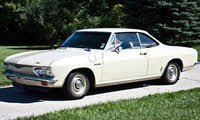
 It had begun life as a poor white Chevy and that was still the color of the top. The bottom had been painted fire engine red. It was a decent repaint and still pretty shiny. It was sort of a blend of these two cars minus the fancy wheel covers and all that chrome. It really didn’t look too bad from the proper distance. Up close, something of a reverse freckled look became noticeable. A few chips had appeared in the red part so that bits of the white part showed through. It was a mild case of reverse measles that gave the car “personality”. Yeah. That’s what it was. Personality.
It had begun life as a poor white Chevy and that was still the color of the top. The bottom had been painted fire engine red. It was a decent repaint and still pretty shiny. It was sort of a blend of these two cars minus the fancy wheel covers and all that chrome. It really didn’t look too bad from the proper distance. Up close, something of a reverse freckled look became noticeable. A few chips had appeared in the red part so that bits of the white part showed through. It was a mild case of reverse measles that gave the car “personality”. Yeah. That’s what it was. Personality.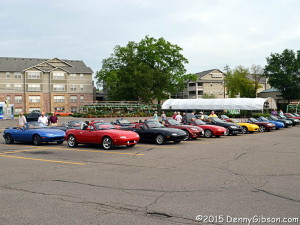


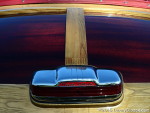


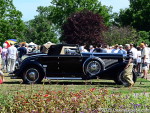

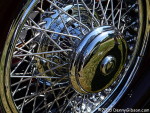
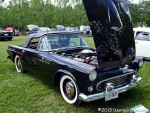
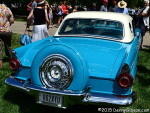
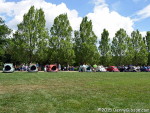
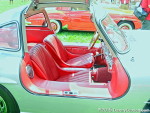
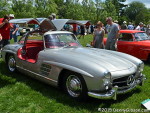
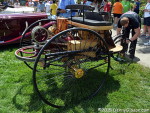
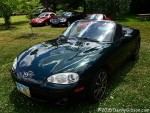
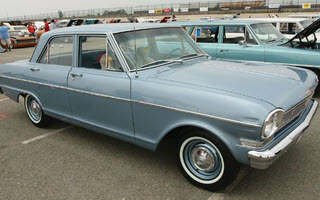 This car came and went while the Opel served as primary transport. I believe it was a 1962 model but it might have been a ’63. It was powered by a straight 6 mated to a two-speed Powerglide. It is the only car I’ve ever owned that I made money on.
This car came and went while the Opel served as primary transport. I believe it was a 1962 model but it might have been a ’63. It was powered by a straight 6 mated to a two-speed Powerglide. It is the only car I’ve ever owned that I made money on.